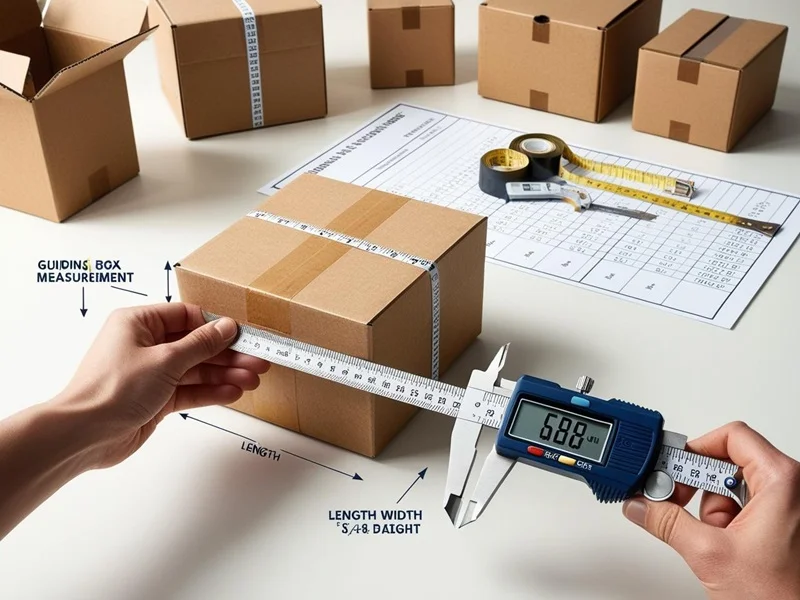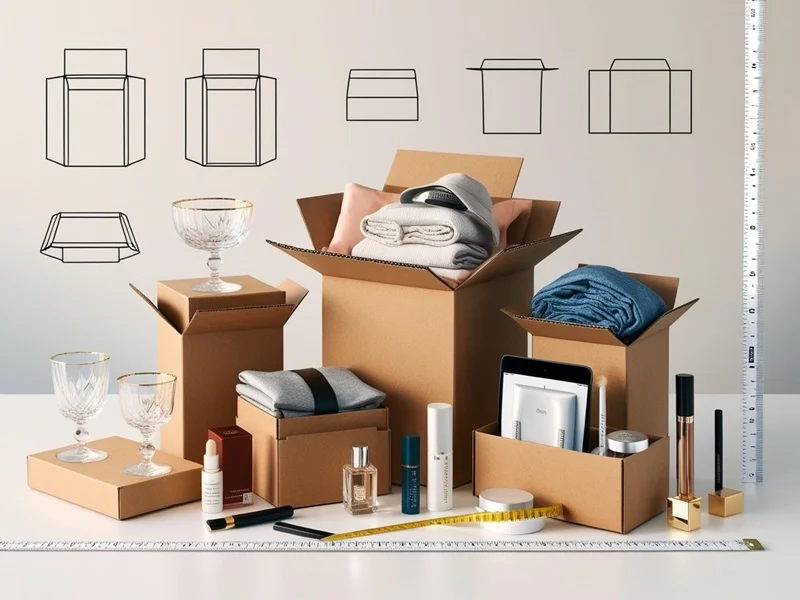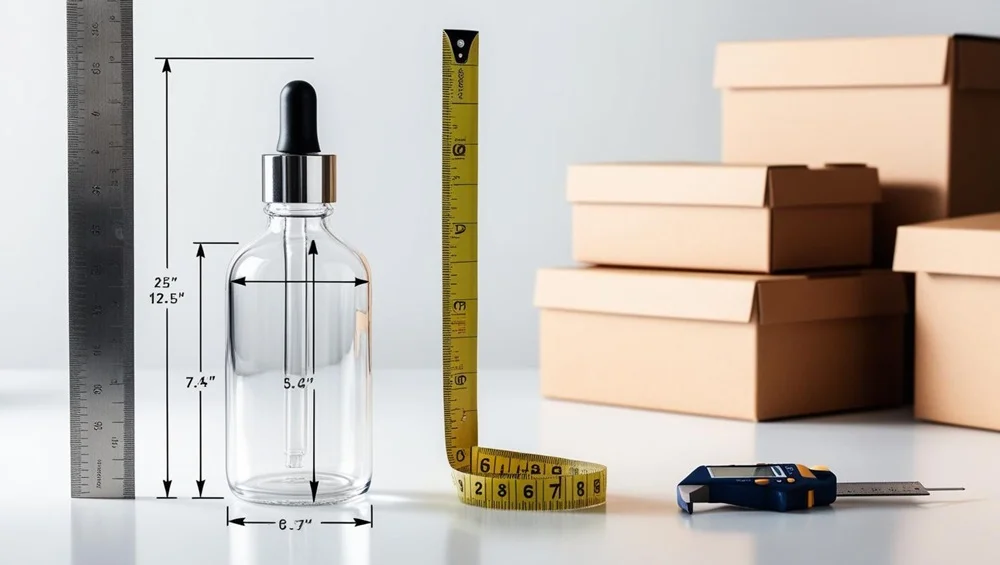Selecting the perfect packaging for a product plays a crucial role in shipping, presentation, and customer satisfaction. Whether for e-commerce, retail, or custom packaging, understanding how to measure box size is essential for ensuring an ideal fit. Choosing the wrong dimensions can lead to wasted space, increased costs, or product damage. This comprehensive guide will walk you through the process of measuring box dimensions, selecting the correct size, and optimizing packaging for efficiency.
Understanding Packaging Dimensions
Before measuring, it’s important to understand the three fundamental dimensions of a box: length, width, and height. These measurements determine the overall size and shape of the packaging. The length is the longest side of the box, the width is the shorter side, and the height (or depth) is the vertical dimension from base to top. Getting these dimensions right is vital for ensuring a secure and professional-looking package.

How to Measure Box Size Accurately
To measure a box correctly, use a ruler, measuring tape, or digital caliper for precision. Start with the length, measuring from one end to the other along the longest side. Next, measure the width from one edge to the other on the shorter side. Finally, determine the height from the bottom to the top. If dealing with custom packaging, it’s essential to account for the thickness of the material, as this can affect the internal dimensions.
For businesses using custom box measurements, ensuring a snug fit helps minimize movement and prevents product damage during transit. Properly measured boxes improve the overall product packaging fit and reduce unnecessary void fill, keeping costs low and efficiency high.
Choosing the Right Box Size for Packaging
Once the measurements are taken, it’s time to decide on the most suitable box size. The box size guide varies based on industry needs and product specifications. Smaller products typically require compact boxes to reduce wasted space, while fragile items may need extra room for protective cushioning. Packaging that is too large can lead to movement during shipping, increasing the risk of damage. Conversely, a box that is too tight may not offer sufficient protection.
For businesses looking to enhance brand perception, custom box measurements offer a tailored approach to product presentation. Ensuring the right size not only reduces shipping costs but also improves the unboxing experience for customers. A well-fitted package leaves a lasting impression, reinforcing a brand’s commitment to quality and professionalism.
Box Sizing Tips for Different Products
Different products require unique approaches to packaging dimensions. For instance, delicate items such as glassware or electronics should have ample padding inside, while apparel or lightweight items may fit snugly in minimalist packaging. Businesses using custom box measurements should consider adding extra space for inserts, branding elements, or promotional materials.
When determining the product packaging fit, consider the stacking ability of boxes, particularly for bulk shipments. Boxes that are uniform in size are easier to stack and optimize space in warehouses or delivery vehicles. This efficiency translates to reduced shipping expenses and better inventory management.

The Impact of Choosing the Right Box Size
Choosing the right box size goes beyond aesthetics; it significantly affects shipping costs and product protection. Oversized packaging increases dimensional weight pricing, leading to higher shipping rates. On the other hand, under-sizing boxes can cause unnecessary strain on the packaging material, making it more susceptible to damage.
Eco-conscious businesses also benefit from optimized packaging dimensions by reducing material waste. Sustainable packaging solutions, such as biodegradable fillers and right-sized boxes, contribute to an environmentally responsible business model while maintaining cost efficiency.
Conclusion
Mastering how to measure box size ensures businesses select the ideal packaging for their products. By understanding packaging dimensions, following a box size guide, and applying box sizing tips, companies can enhance their branding, protect their products, and optimize shipping expenses. Whether focusing on custom box measurements or ensuring the best product packaging fit, selecting the right box size is a fundamental step toward effective packaging solutions. Proper measurement and size selection not only improve logistics but also contribute to an exceptional customer experience, reinforcing the importance of precision in packaging strategies.

 No products in the cart.
No products in the cart.